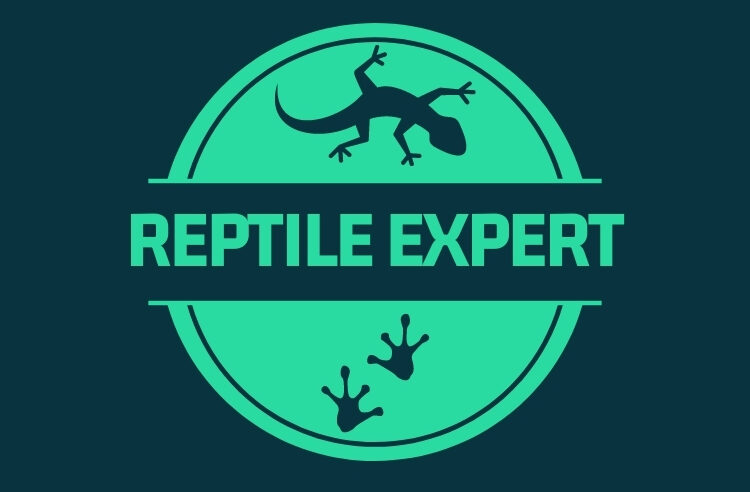Like their close relative the python, boa constrictors have a slightly notorious reputation and are a source of endless fascination for many people. Committing to the ownership of any of these large constrictor snakes is a serious business and should not be entered into without thorough research and consideration.
While these tend to be docile snakes, their sheer size makes them potentially dangerous as well as impractical for many pet homes. Once they have reached 6-8 feet in length, you will need two people to handle and feed the snake, for personal safety and assistance. These are muscular, powerful snakes that can inflict serious injuries, even inadvertently.
Be aware also that all boas are listed as endangered under CITES (Convention on the International Trade of Endangered Species) and will require a permit for sale and purchase. Therefore, if you are interested, you should always seek a captive-bred specimen, which are quite readily available in the pet trade.
Keeping Boas as Pets
Several boas are popular as pets, such as the red-tailed boa which will grow to 8-10 feet long and weigh over 20kg at adulthood. Care for most of the different species available as pets is fairly similar:
- When choosing a boa for a pet, look out for these signs: firm, muscular body, no loose folds of skin, clear eyes, clean vent, no visible external parasites, healthy scales, no wounds on skin. The boa should also be alert with tongue flicking and should react to handling by coiling gently around the hand or arm. Young snakes may be a bit nervous but should relax after a bit of handling.
- Housing can be glass aquariums for juveniles but adults will need a custom-built enclosure. This should be about around 6-8 feet long, 2-3 feet wide, and 2-3 feet tall, with a minimum of about 10 square feet of floor space for a single snake. In particular, remember that these are very powerful snakes which are very adept at escaping if given half a chance – so enclosure security must be a priority. In addition, provide a clean (sterilised) tree branch that is strong enough to withstand the snake’s weight.
- Boas can be kept on a variety of substrates, from paper towels and reptile bark to Astroturf – as long as it is something easy to clean and replace. Wood shavings, although sometimes used, may not be a good choice due to the chance of ingestion and subsequent bowl impaction. In particular, avoid cedar shavings as these have been known to cause skin irritation and respiratory problems.
- Like all reptiles, boas need an artificial heat source and a temperature gradient maintained in their enclosure. As they come from tropical climates, they need higher temperatures to thrive. Daytime temperatures should be between 82-90 F (28-32 C) while night time temperatures can drop to 78-85 F (26-30 C). It is vital to get these gradients accurate so use a thermometer to monitor temperatures closely. In addition, boas will need a basking spot of 90-95 F (32-35 C), which can be provided by an incandescent bulb or ceramic heating element. Make sure all heat sources are shielded and out of direct contact with the snake. Never use ‘hot rocks’ as these can easily cause burns.
- Feeding is relatively straightforward in that boas only eat rodents, starting with pinkie mice as juveniles and moving up to rats and even rabbits as adults. Always feed pre-killed prey. Full grown snakes may only need feeding every 3-4 weeks but young snakes will need to be fed every 5-7 days. Keep an eye on your snake’s condition and adjust feeding accordingly.
- Avoid handling your boa for 24hrs after a meal as this can stimulate regurgitation. Also note that boas often like to hide and eat their prey in private so do not be surprised if your snake disappears into a hide following a meal, sometimes for several days! An opaque enclosure can also help a boa to feel secure while eating.
- To prevent your boa mistaking your hand for prey, always feed it in a separate enclosure and wash your hands thoroughly as boas hunt mainly through their sense of smell. Remember that feeding is the time when the most care and attention is required for personal safety and use a handling stick if necessary.
- Always provide a large dish of fresh water, both for drinking and for providing humidity in the enclosure. It will also be used by the boa as a bath to soak in and as snakes often defecate in water, make sure the water dish is cleaned regularly. A humidity retreat is also a good idea, especially during the shedding period.
- Boas like the security of hiding places so provide plenty of these (two minimum) – usually one at each end of the temperature gradient. You can use anything to create a hiding place, from commercial reptile caves to logs to plastic containers turned upside-down, with an access hole cut in the side. Snakes like a close fit to feel secure so size them according to the size of your snake.
Boas can make fascinating and rewarding pets, providing that the right care and attention has been taken. This is only a simple introduction to the keeping of boas as pets and anyone who is seriously interested should commit to more thorough research, particularly about their chosen species, before even considering a constrictor as a pet.
